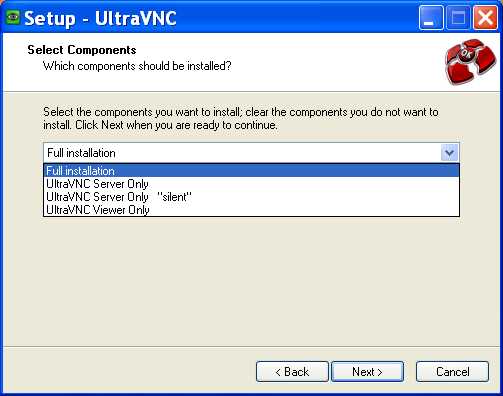
- MIRROR DRIVER VNC INSTALL
- MIRROR DRIVER VNC DRIVERS
- MIRROR DRIVER VNC FOR WINDOWS 10
- MIRROR DRIVER VNC PASSWORD
MIRROR DRIVER VNC PASSWORD
Uses the password found in ~/.vnc/passwd, where the password is obscured with a fixed key in a VNC compatible format, or alternatively in ~/.vnc/passwdfile, where the first line of the file contains the password. Note: The password will only encrypt the login process itself. SLIM # x11vnc -display :0 -auth /var/run/th service file will require a trick to evaluate the find command as shown here. # x11vnc -display :0 -auth $(find /var/run/sddm/ -type f)Įmbedding this into a systemd. SDDM uses an unpredictable UUID for the auth file therefore one needs to: LXDM # x11vnc -display :0 -auth /var/run/lxdm/lxdm-\:0.auth

# x11vnc -display :0 -auth /var/run/lightdm/root/\:0 # x11vnc -display :0 -auth /run/user/120/gdm/Xauthority Example for user 120 (gdm), used for login screen. # x11vnc -display :0 -auth /var/lib/gdm/:0.Xauth You are therefore advised to uncomment #WaylandEnable=false setting in /etc/gdm/nf in order to proceed. Xauthority is not created, and x11vnc fails to start). The following instructions, however, only apply when using Xorg (else. Note: Newer GDM packages ship with Xwayland as the default display server backend. Replace the second ExecStart with the command you run interactively. etc/systemd/system//nf ĮxecStart=/usr/bin/x11vnc -many -display :0 -no6 -rfbport 5901 -auth /var/run/lightdm/root/:0

To run x11vnc when system boots, edit rvice. Server_args = -inetd -o /var/log/x11vnc.log -noxdamage -display :0 -auth guessĪfter reloading rvice, X11vnc will start once a client connects to port 5900. X11vnc can be run using a xinetd service, which only starts X11vnc once a user connects.Ĭreate an xinetd service entry for x11vnc, for example: Where user is the username of the user who is running the X server. # x11vnc -display :0 -auth /home/ user/.Xauthority If that fails, you may have to run instead (as root): Start X $ x11vnc -display :0 -auth ~/.Xauthority Generally, assigning an X authority file requires running x11vnc as root. This is accomplished by using the -auth argument followed by the appropriate file, which will depend on how your X server was started. You may set an X authority file for the VNC server. Also note that /var/log/x11vnc.log needs to be created manually and its ownership needs to match that of the user who will run it. Note: The password "PASSWORD" above is not secured anyone who can run ps on the machine will see it. X11vnc -wait 50 -noxdamage -passwd PASSWORD -display :0 -forever -o /var/log/x11vnc.log -bg Then, run the following command, all available options are explained in x11vnc(1).Īnother option is to place the x11vnc command line in a script which is called at login, for example:

You may need to set up X to run headless too.
MIRROR DRIVER VNC INSTALL
Install x11vnc from the official repositories.įirst, start X either by startx or through a display manager.
MIRROR DRIVER VNC DRIVERS
Previously it was built with "build -c" from the directory where the DameWare source code resides in 2008.īut even if Driver Signature Verification is disabled our new driver has error code 52 - "Windows cannot verify the digital signature for the drivers required for this device". Templates - Empty DLL for drivers, Kernel Mode driver, Empty (KMDF) (WDK 3.0) Platform Toolset - WindowsKernelModeDriver10.0 Seems that our Mirror driver isn’t used / ignored (but there is no error message).
MIRROR DRIVER VNC FOR WINDOWS 10
I’m asking because our clients have faced with slow performance during remote connection for Windows 10 (using DameWare Mini Remote Control application). Mirror drivers described in this section will install and run only on earlier versions of Windows.”ĭoes it mean that our DameWare Mirror driver can’t be used starting with Windows 8? “Starting with Windows 8, mirror drivers will not install on the system.


 0 kommentar(er)
0 kommentar(er)
